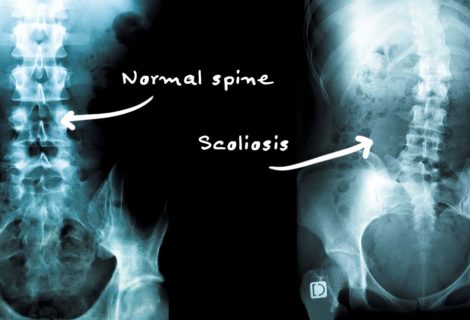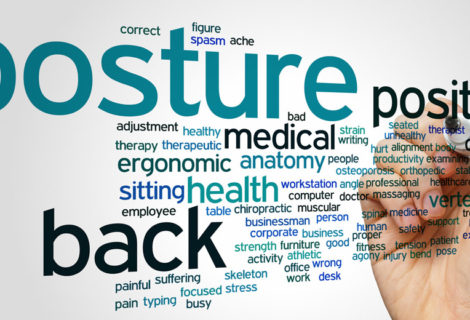Could you have Upper Crossed Syndrome?
What is Upper Crossed Syndrome?
Upper Crossed Syndrome describes a common muscular imbalance in the neck, upper spine and shoulder girdle. It relates and contributes to poor posture, and is very common in those who spend a lot of time seated with incorrect posture, such as when driving or at a computer workstation.
Common symptoms/signs
Forward head carriage, rounded upper back and shoulders, elevated and/or winged shoulder blades. This may result in decreased mobility of your upper back and reduced shoulder stability and may lead to certain health problems. They can include tender spots in the neck and shoulder muscles, headaches and migraines, reduced lung capacity, nerve pain due to impingement, neck pain, shoulder tendonitis, increased risk of tearing the tendons of the shoulder, and increased risk of injury during sporting activity.
So which muscles are out of balance?
In Upper Crossed Syndrome, the muscles that get tight are the muscles at the front of the chest (pectorals), the superficial muscles at the back of the neck and shoulder blades (upper trapezius and levator scapulae muscles).
So what can you do about it?
Talk to your Osteopath about targeted stretching exercises and they may also advise you about strengthening exercises if appropriate. Hands-on osteopathic treatment will also address both the tight and weakened muscles, the compressed and tightened joints in your back and neck, and enhance your shoulder girdle biomechanics.
Our Osteopaths are also trained in assessing and fitting Prokinetics, which are inner soles you wear in your shoes that work to correct your body’s alignment. You can read more about them in our blog here.
Our clinical experience tells us that the sooner you deal with this type of problem the better the outcome for you – this type of problem doesn’t go away by itself and usually gets worse over time.









